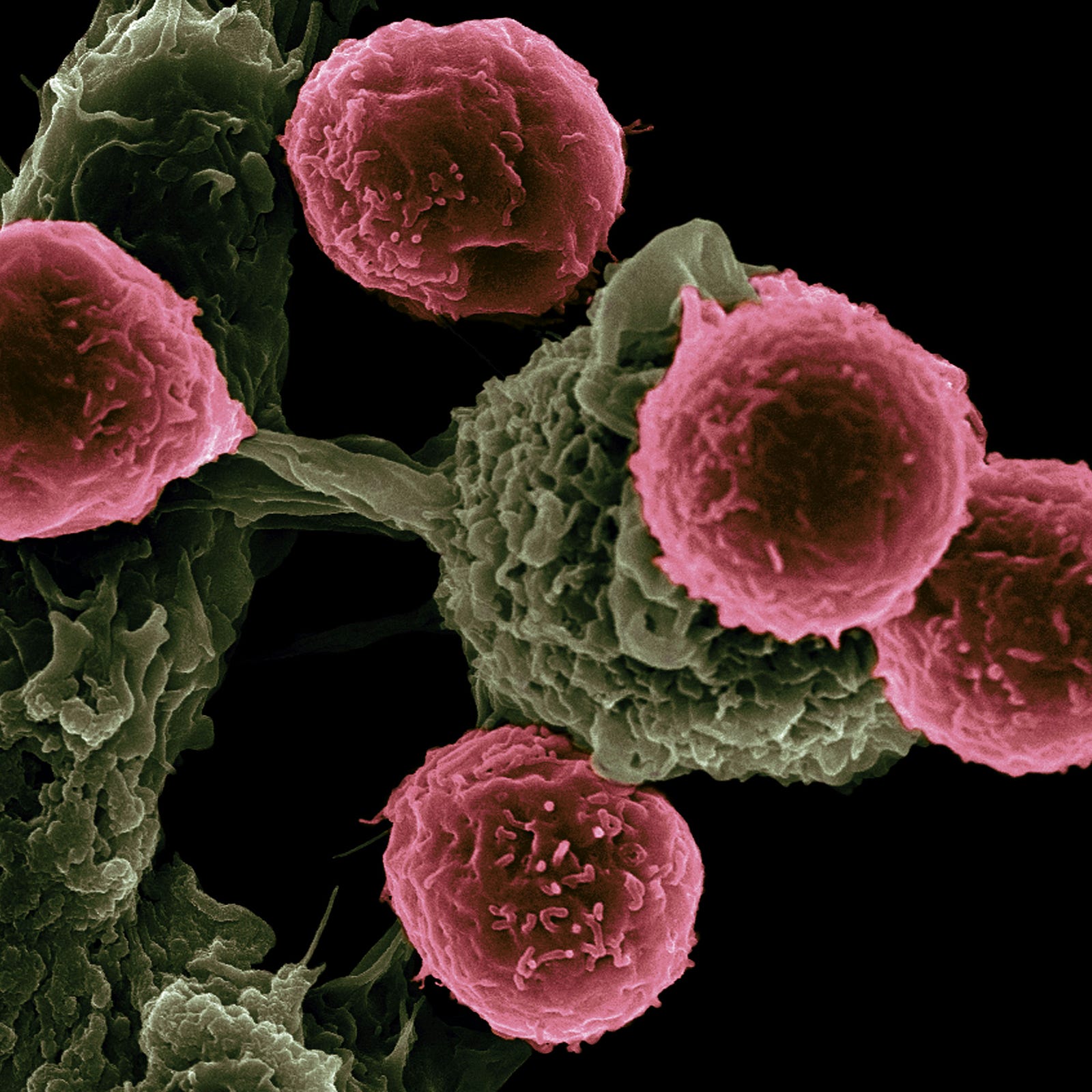CANCER DEATHS IN THE UNITED STATES ARE FALLING. With four million deaths prevented since 1991, there is much to celebrate. But I am sad to report that the incidences of many cancers are rising. Today, we’ll explore some of my concerns about cancer.
As a physician who helps individuals with cancer, the American Cancer Society reports of cancer deaths falling made me broadly smile.
Each day, I am saddened to encounter individuals who will die of cancer.
Positive
As someone who helps individuals with cancer, this study finding immediately caught my eye:
Cancer deaths in the United States are dropping, with four million deaths prevented since 1991.

The American Cancer Society report notes three important factors linked with this reduction in cancer deaths:
- declines in smoking
- early cancer detection
- marked treatment improvements.
As I noted above, treatment had a particularly impressive in reducing breast cancer-related deaths.
Breast cancer
I recently wrote about the tremendous advances we have seen in breast cancer.
Revolutionizing Breast Cancer Survival: How Screening and Treatments Slashed Mortality
BREAST CANCER MORTALITY RATES DROPPED by a whopping 58 percent in the U.S. from 1975 to 2019.medium.com
Breast cancer mortality rates dropped by a whopping 58 percent in the U.S. from 1975 to 2019.
Breast cancer treatment has improved so much that it has become a bigger factor than screening in saving lives, said Ruth Etzioni, a biostatistician at the Fred Hutchinson Cancer Center Seattle).
But…
But are we missing another part of the story?
First, there have been increases in some cancers, including prostate, breast, uterus, oral cavity, kidney, colon, and rectum.
Liver cancer among women (but not men) is also rising.

Second, cancer incidence is on the rise among people under age 55. I see this in my radiation oncology clinic every week.
This essay explores the dark side of the report: Cancer incidence is increasing in certain subtypes and demographic groups.
Concerns
According to the American Cancer Society (ACS), cancer is the second leading cause of death in the United States, especially among those under 85 years old.
The COVID-19 pandemic caused problems in 2020, leading to delays in finding and treating cancer due to healthcare closures, job disruptions, and fear of catching COVID-19.

Implications of delays to detection
We’re still figuring out if these delays will result in more advanced-stage cancer cases and higher death rates over the years.
The pandemic has hit communities of color harder, which could make existing cancer disparities even worse.
In this context, the ACS provides the estimated numbers of new cancer cases and deaths in 2024 nationally and for each state in the United States.
Negative: Which cancers?
Unfortunately, the ACS reports increases in the incidences of several cancers, including the following:
- breast
- prostate
- uterus
- oral cavity
- liver (in women, but not men)
- kidney
- colon and rectum
- skin (melanoma)
The researchers adjusted the numbers for population size changes. New cancer cancers went from 1.9 million in 2022 to 2 million in 2023.
Alas, cancer remains the second leading cause of death in the U.S., right behind heart disease.
Breast cancer concerns
I recently wrote about a growing incidence of breast cancer among young women:
Startling Statistic: Growing Trend of Breast Cancer in Younger Females
I TREAT MANY WOMEN WITH BREAST CANCER and was recently struck by a startling new statistic. There is a growing trend of…medium.com
Colorectal cancer concerns
One area that continues to concern me is colorectal cancer among young people.
For those under age 55, there is this notable finding:
In younger people, colorectal cancer incidence is now 18.5 per 100,000 and has been rising by one to two percent a year since the mid-1990s.
An estimated 30,500 young people will be diagnosed with colon or rectal cancer this year.

In the late 1990s, colorectal cancer was the fourth leading cause of cancer-related death for people younger than 50.
Now, it is the leading cause in men under 50 and the second leading cause in women.
Unfortunately, we don’t know why we are seeing this rise in colorectal cancer among young folks. Is it obesity? Diet? Shifts in the microbiome?
Gut Instinct: Unraveling the Microbiome’s Role in Young-Onset Colon Cancer
medium.com
Action: Screen
I will not review all of the ways you might be able to reduce your cancer risk.
I will talk about sufficient sleep, diet, avoiding bad habits, getting an HPV vaccine, and nutrition on another day.
You probably know the importance of getting recommended examinations. If not, here is a starting point:
A and B Recommendations | United States Preventive Services Taskforce
A listing of all the Recommendations with either A or B grades. www.uspreventiveservicestaskforce.org.
Action: Move
I want to end by noting the evidence for using physical activity to reduce cancer risk.
We have convincing evidence that physical activity reduces colorectal cancer. We also have probable evidence that it reduces postmenopausal breast cancer (and premenopausal, if vigorous- ) and uterus cancer risk.

There is limited evidence to suggest physical activity is associated with reductions in esophagus, lung, and liver cancer.
Physical activity may exert its anti-cancer effects through several mechanisms:
- drops in inflammation
- reductions in circulating estrogen levels
- improved insulin resistance
- improved immune system function
Oh, did I mention that I loathe cancer?
Thank you for reading “Cancer Concerns.”




